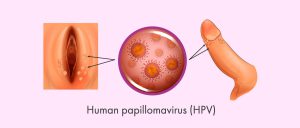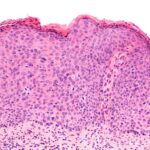
The most prevalent sexually transmitted infection (STI) in the United States is the Human Papillomavirus (HPV), which stems from a cluster of related viruses. While some types of low-risk HPV result in genital warts, only a limited number of high-risk types can induce cell mutations leading to cancer. Additionally, the vast majority of HPV strains cause no observable symptoms.
This article will explore the manifestations of HPV infection, including the diverse forms of cancer linked to high-risk HPV strains.
Frequent HPV Symptoms
The most common symptom of HPV infection is actually no symptom at all. We refer to this as an asymptomatic infection. In fact, many sexually active individuals will contract HPV at some point in their lives but never become aware of it.
For those who do show signs of infection, most will clear the virus without long-term consequences and develop immunity to that specific HPV strain.
Less Frequent HPV Symptoms
While genital warts are a less frequent symptom of HPV infection, studies suggest that around 1% of those infected will develop a low-risk strain that causes them. HPV is the root cause of all common warts, with certain HPV types responsible for warts on the hands and feet that spread by casual contact. Genital warts, on the other hand, are caused by specific low-risk HPV types spread through intimate sexual contact.

These warts generally do not cause any pain. You will notice fleshy overgrowths of skin that resemble a cauliflower in appearance and may appear as a single wart or a cluster of them.
Although genital warts can disappear on their own within two years, some may require treatment from a healthcare provider using liquid nitrogen, laser therapy, or surgery. There are several different low-risk HPV types that cause genital warts; however, approximately 90% of cases result from HPV types 6 and 11.
It is important to note that these low-risk HPV strains are not associated with an increased risk of cancer.
Complications of HPV
The biggest concern about HPV is that certain high-risk strains can significantly increase the risk of developing cancer. Approximately 14 strains of HPV can cause changes in cells that may lead to cancer, including tumors of the vulva, vagina, cervix, rectum, mouth, and throat.
Here are the HPV strains associated with cancer:
- HPV type 16
- HPV type 18
- HPV type 31
- HPV type 45
When HPV infects cells, it can cause precancerous changes known as dysplasia. High-risk HPV types are thought to cause these changes by integrating their genetic material into the infected cells’ DNA. Genes from high-risk HPV strains may function as oncogenes, which can cause cells to grow abnormally and out of control, eventually leading to the development of cancer.








